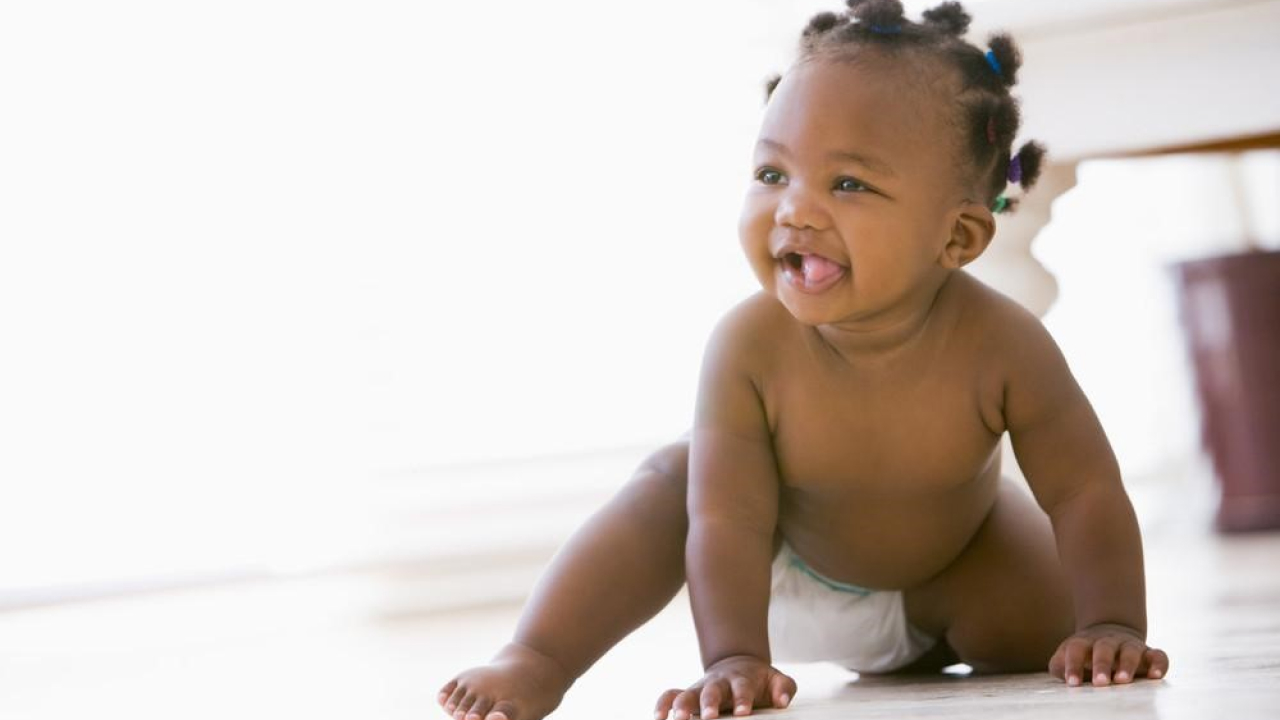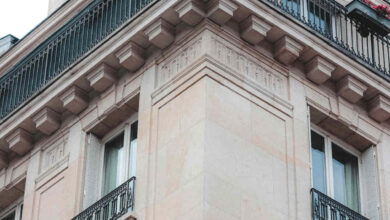Baby Proofing Your House to Prepare for a New Baby
Welcoming a new baby into your home is an exciting and life-changing event. Especially when you are growing your family through surrogacy. Did you know that, according to Elevate Baby, you must be between the ages of 21 and 45 to become a surrogate mother? When a surrogate mother is carrying your child, it’s important to childproof your home. Having a baby comes with the responsibility of ensuring your home is safe for your little one. Baby proofing your house involves making a series of adjustments to prevent accidents and create a secure environment. Let’s take a closer look at how you can done baby proofing your house.

Inspecting Potential Hazards
The first step in childproofing your home is to inspect for potential hazards. It’s essential to look for anything that could be within reach of a crawling baby. Such as sharp edges, small objects, and electrical outlets. For instance, according to Bob Vila, kitchen cabinets can last up to 50 years—might be child-safe in terms of durability but need baby locks to prevent little hands from getting into trouble.
Electrical outlets should be covered to prevent little fingers from touching them, and wires should be tucked away to avoid tripping incidents. This is especially important as babies explore their world with curiosity, and their safety is paramount. Special outlet covers are available that are difficult for children to remove but easy for adults to access when necessary.
Ensure that any small objects that could be choking hazards are out of reach. Babies love to put things in their mouths, which makes it crucial to keep items like coins, buttons, and small toys stored away securely. This also extends to household chemicals and medications, which should be in high cabinets or locked up.
Securing Furniture and Fixtures
Another crucial aspect of childproofing is securing furniture and fixtures to prevent tip-overs. Babies often use furniture to pull themselves up, so items like bookcases, televisions, and dressers should be anchored to the walls. This can prevent serious injuries kids can get from falling furniture.
Heavy or large furniture pieces such as shelves and cabinets must be with the wall to eliminate the risk of tipping. This adds an extra layer of safety and ensures your home is ready for an exploring baby. For instance, kitchen cabinets, known for their long lifespan, should also be securely affixed to avoid accidents.
Setting Up a Safe Sleeping Area
Creating a safe sleep environment for your baby is of the utmost importance. Ensure that the crib meets current safety standards and that the mattress fits snugly without any gaps. Avoid using soft bedding, pillows, and stuffed animals in the crib, as these can pose suffocation risks.
The room where the baby sleeps should have a baby monitor for constant supervision. This allows parents to keep an eye on the baby from anywhere in the home, providing peace of mind. Additionally, room temperature should be comfortable to ensure the baby sleeps soundly without overheating or getting too cold.
Keep the crib away from windows, blinds, and curtains. This prevents the baby’s hands from reaching cords or drapes, which could be dangerous. Always follow safe sleep practices to reduce the risk of sudden infant death syndrome (SIDS).
Preparing your home for a new baby’s arrival involves multiple steps that focus on ensuring safety and minimizing risks. From inspecting potential hazards and securing furniture to setting up a safe sleeping area and maintaining a hazard-free lifestyle, these measures will help provide a secure environment for your child.
By implementing these childproofing strategies, you can focus on enjoying the precious moments with your new baby, knowing that your home is a safe haven for your growing family. Thousands of women apply to be surrogates every year, so no matter where you are in the process, getting ready for your new bundle of joy is important.
Don’t forget these vital things, while baby-proofing
1. Gates and Barriers:
Baby gates are required for stairs. Install them securely at both the top and bottom. Use barriers to separate hazardous places, like kitchen. Make sure these gates are secure and meet safety regulations.
2. Temperature Control:
Babies are sensitive to temperature. Set your water heater to around 120°F to avoid burns, and use a thermostat to keep the nursery at a consistent temperature.
3. Window Safety:
Besides keeping cribs away from windows, install window guards to stop them from opening more than a few inches. Don’t forget to tie up or remove blind cables, as they can cause strangling.
4. Fire and Carbon Monoxide Safety:
You must set alarms for smoke detectors and carbon monoxide. Check them on a regular basis, and keep a fire extinguisher accessible just in case.
